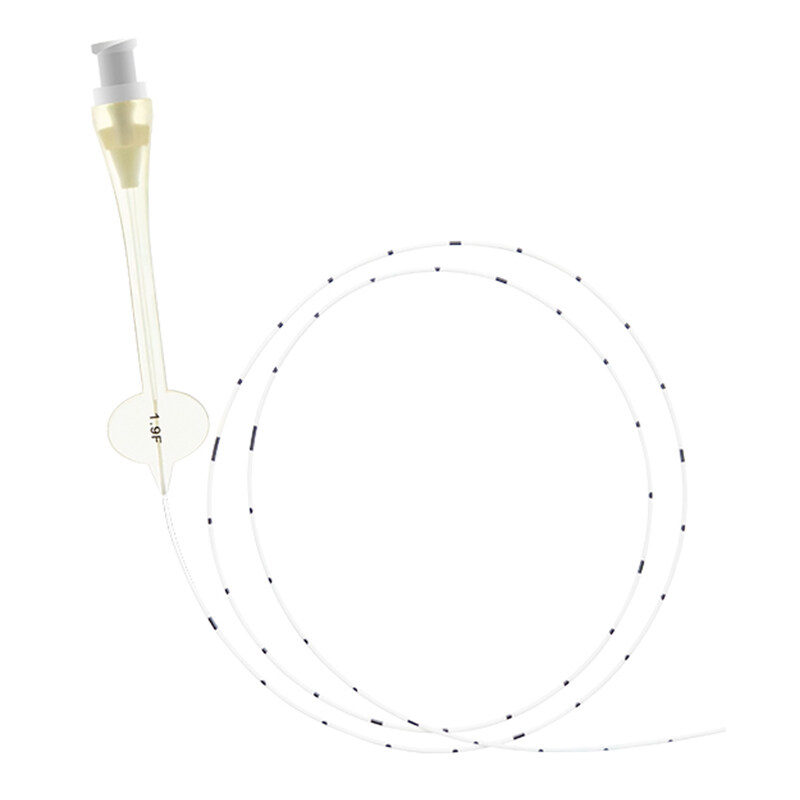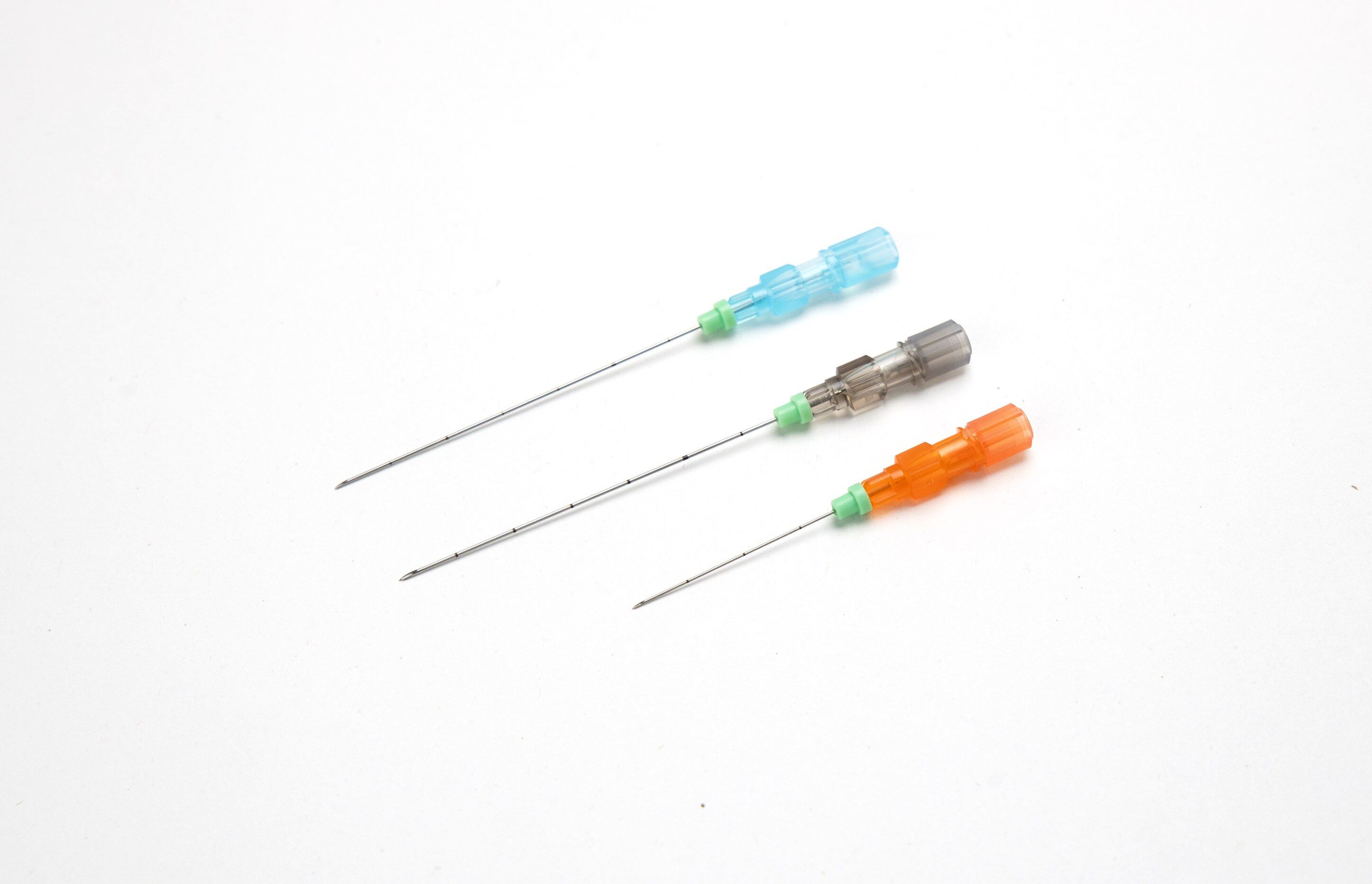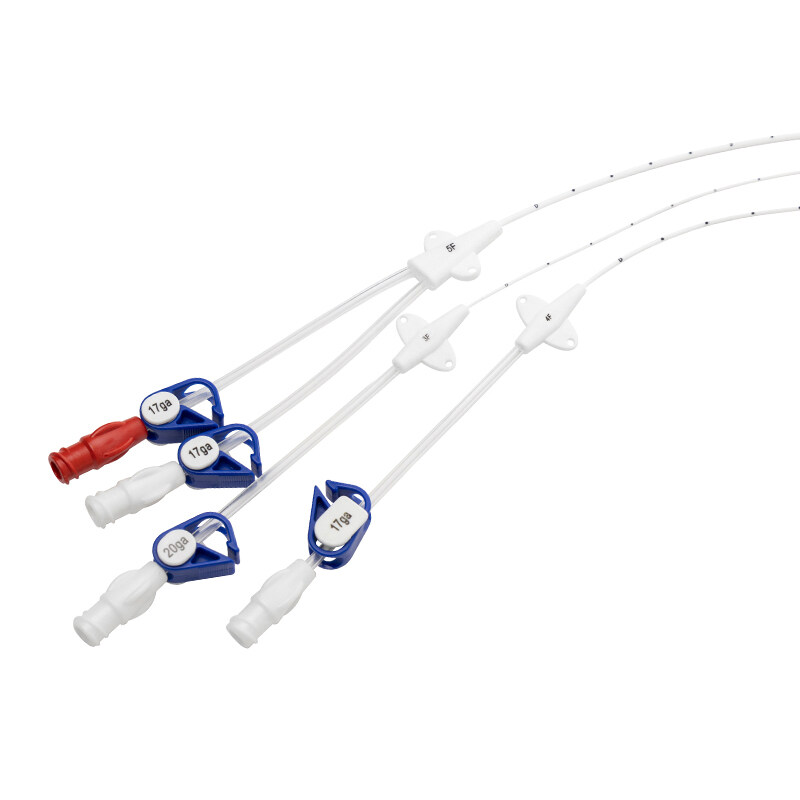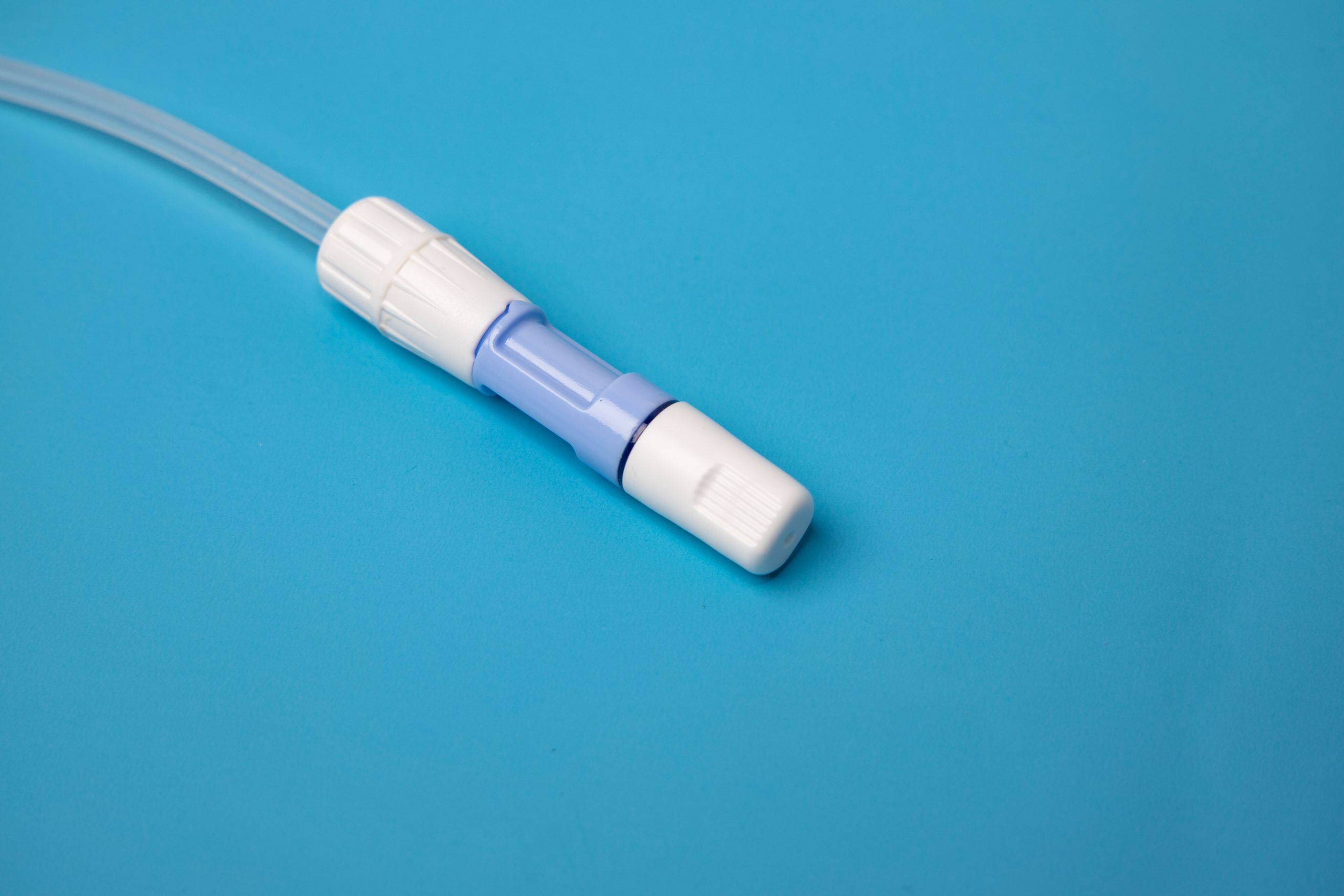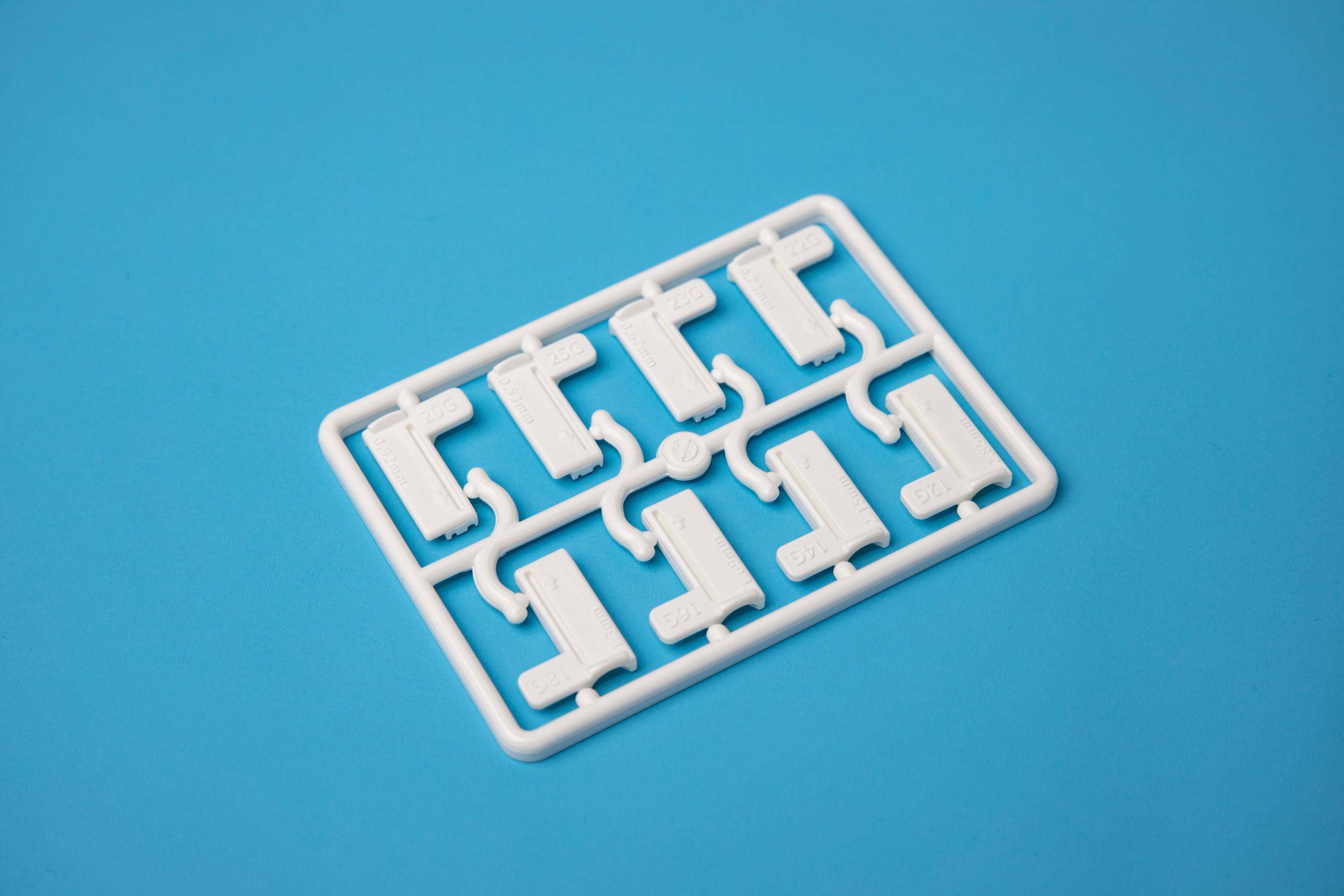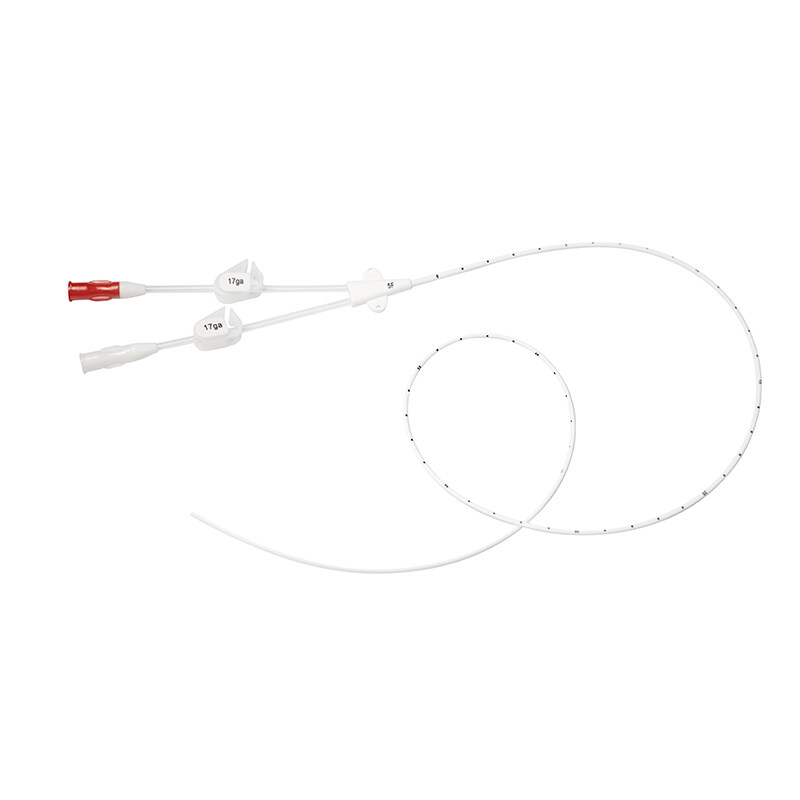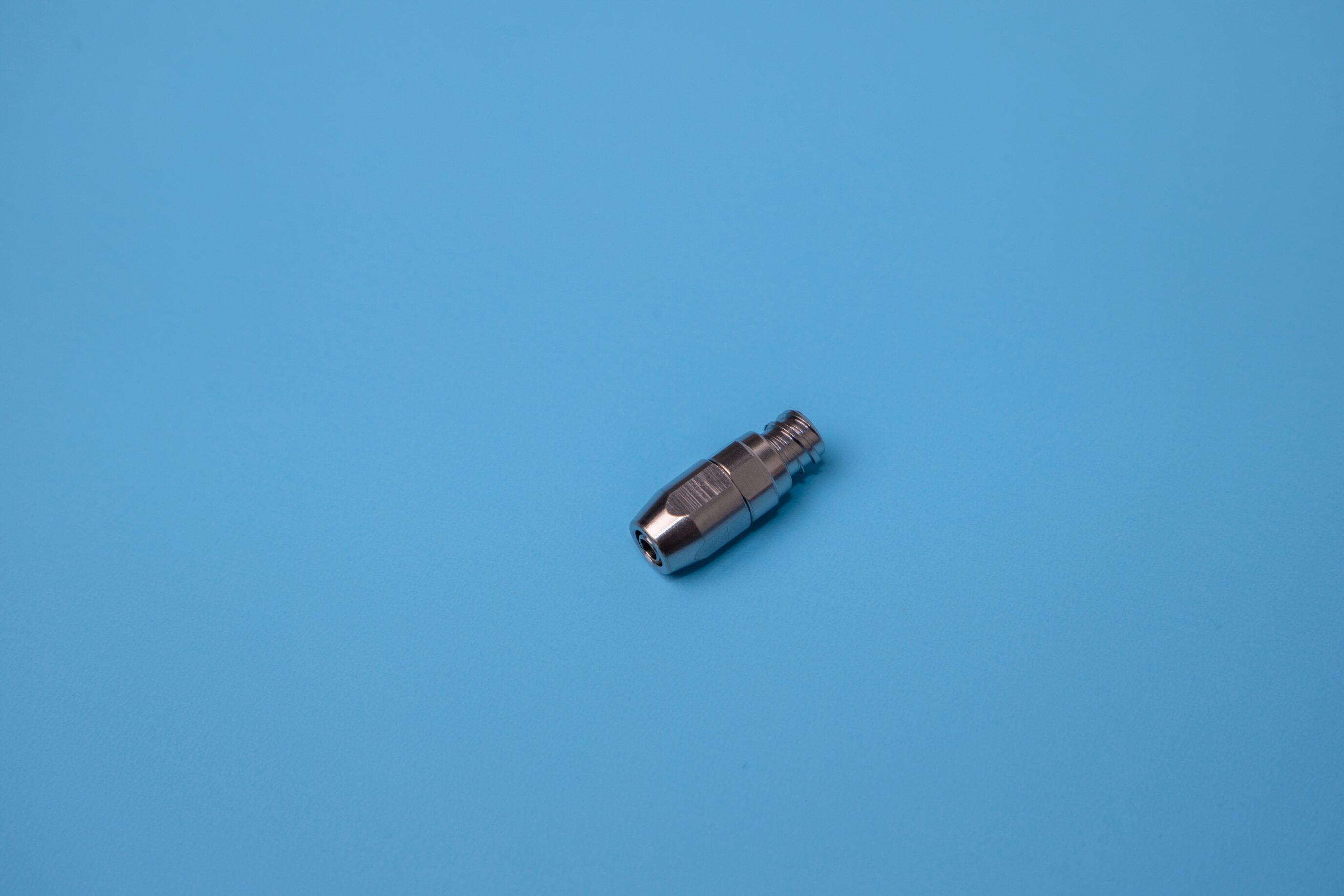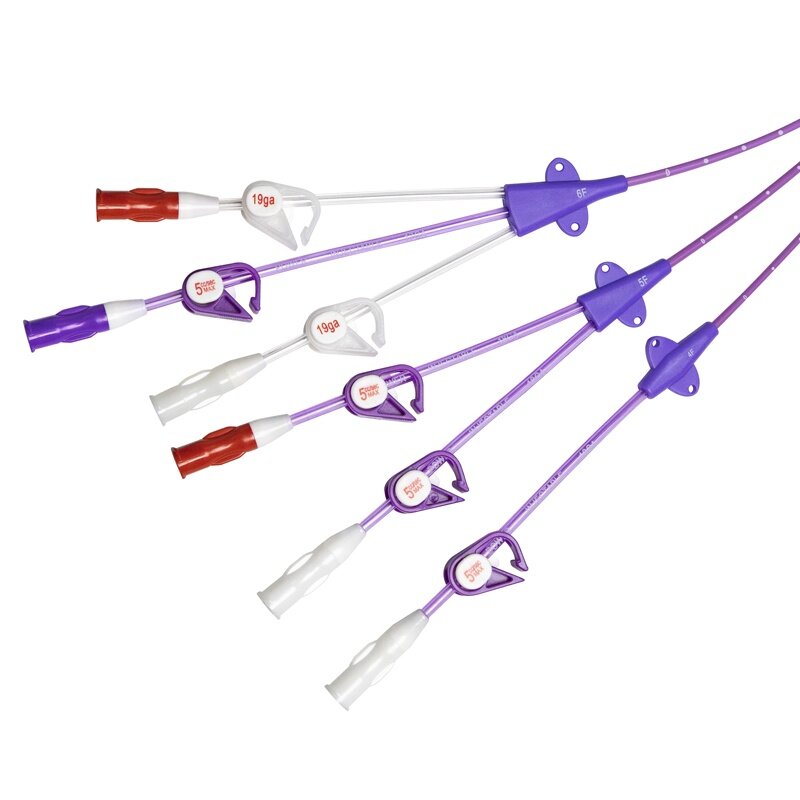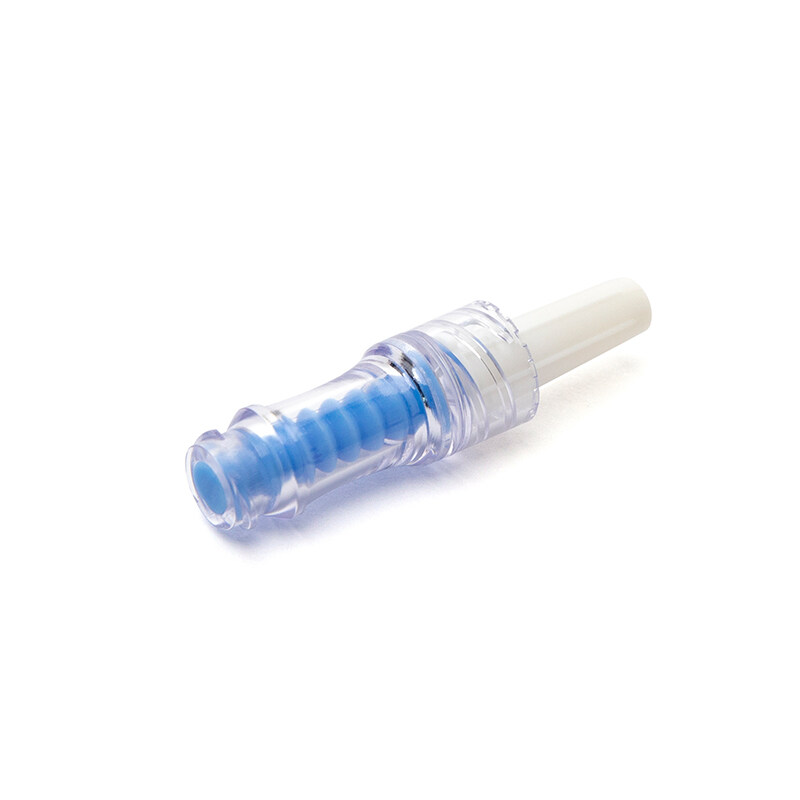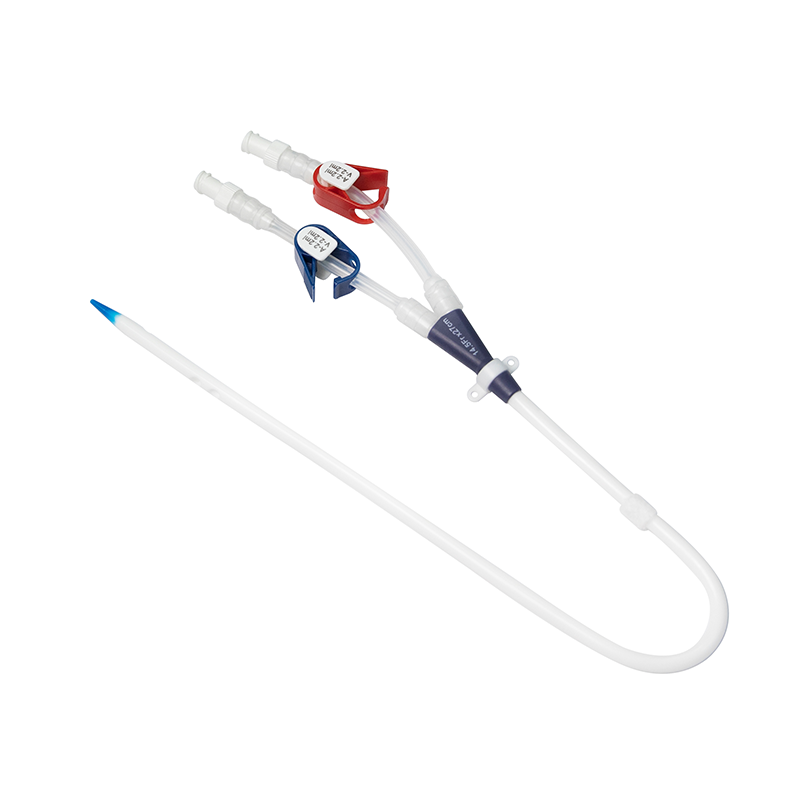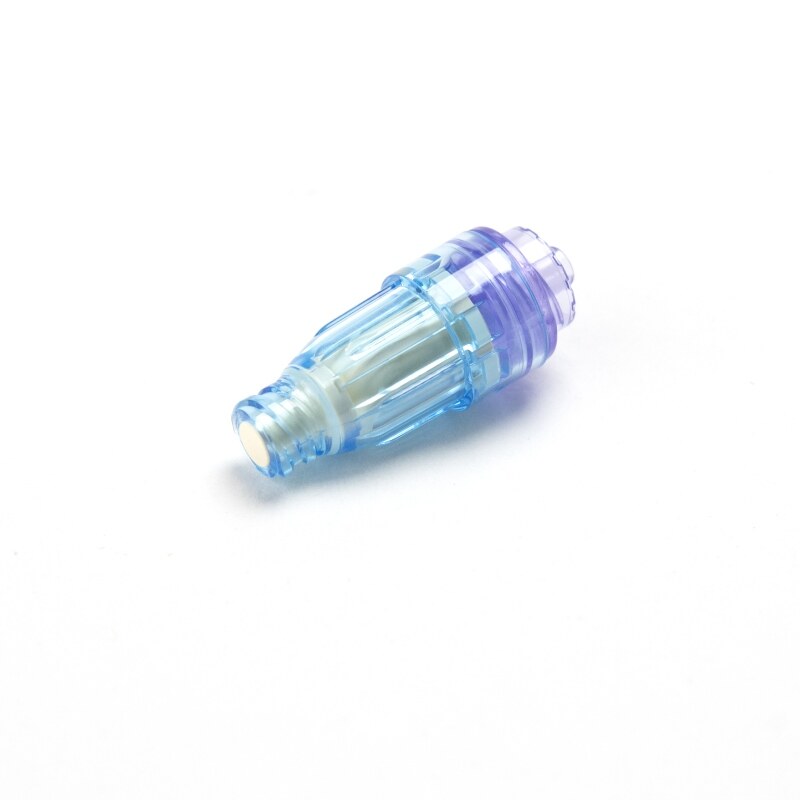medical catheter gauge
The medical catheter gauge refers to the size of the catheter. It is measured in French units (Fr) and represents the diameter of the catheter. One French unit is equal to 0.33 millimeters in diameter.
Medical catheter gauges come in a range of sizes, typically from 8 Fr to 24 Fr. Smaller catheter sizes are often used for pediatric patients or patients with a smaller urethra, while larger catheter sizes may be necessary for patients with more complex medical conditions.
The size of the catheter used can also depend on the purpose of the catheterization. For example, a larger catheter may be used for irrigation or to remove blood clots, while a smaller catheter may be used for routine drainage.
It is important to note that the size of the catheter used can impact patient comfort and the risk of complications. A larger catheter may cause more discomfort during insertion and may increase the risk of injury or trauma to the urethra or bladder. Healthcare providers carefully consider the patient's individual needs and medical condition when selecting the appropriate catheter size.
In conclusion, the medical catheter gauge refers to the size of the catheter, measured in French units. The size of the catheter used can depend on the patient's age, medical condition, and the purpose of the catheterization. Healthcare providers carefully consider these factors when selecting the appropriate catheter size to minimize patient discomfort and reduce the risk of complications.
The medical catheter gauge (G) is quite different and more commonly used for peripheral IV sizings. An increasing gauge size implies a decreasing diameter. In other words, a 16 G catheter has a larger diameter than a 24 G catheter.
A medical catheter gauge is a metal plate with holes of graduated diameter used to determine the size of a catheter.
Medical catheter gauge, The size of a catheter is calculated in FR – that is French scale or French gauge system. It was devised by a maker of surgical instruments.
It is important to note that while the medical catheter gauge is an important consideration, it is not the only factor in catheter selection. Other factors, such as catheter material, length, and shape, may also be important in selecting the appropriate catheter for a patient.
Additionally, the material of the catheter can impact patient comfort and the risk of complications. Silicone or hydrophilic-coated catheters may be more comfortable for patients, while latex catheters may be less expensive.
In conclusion, the medical catheter gauge is an important consideration in catheter selection, but it is not the only factor. Healthcare providers carefully consider the patient's individual needs and medical condition when selecting the appropriate catheter size and type. Proper catheter care and maintenance are essential to minimize the risk of complications and ensure patient comfort.

